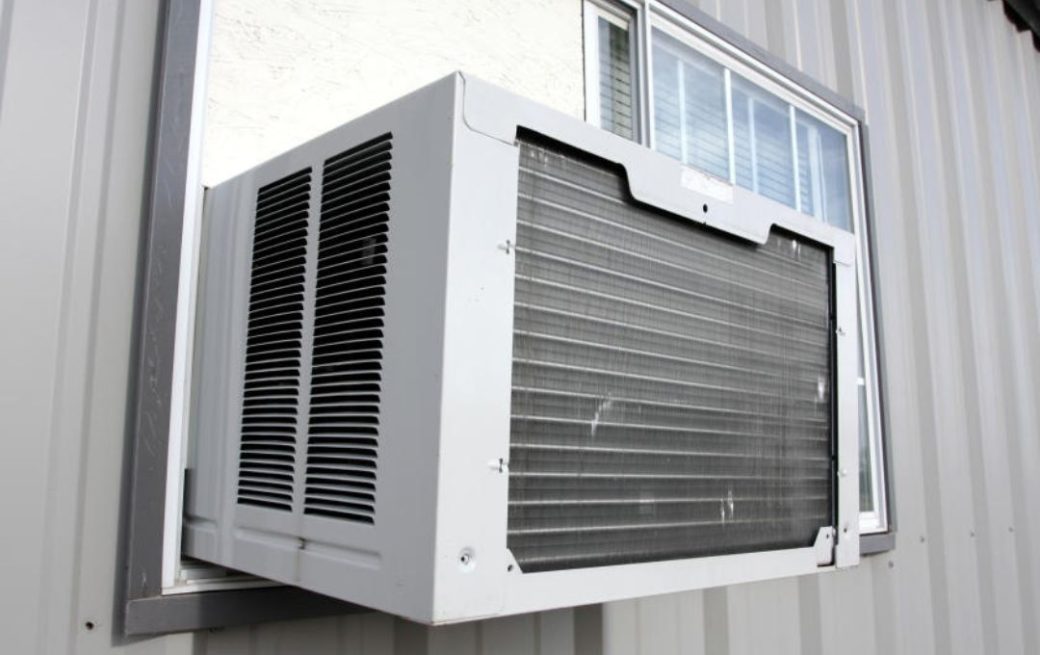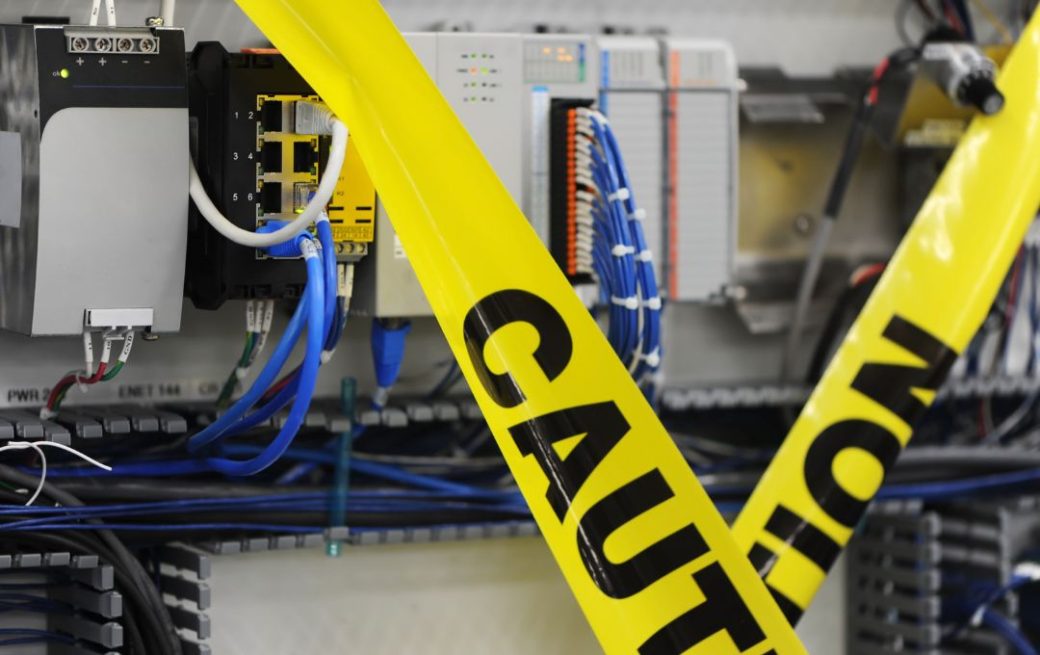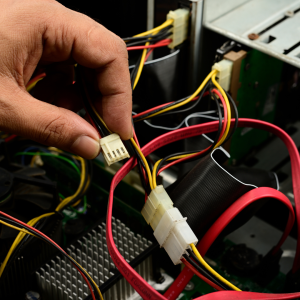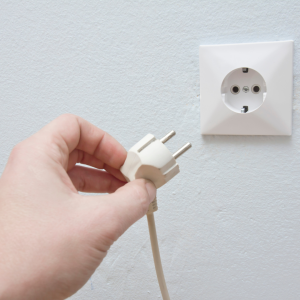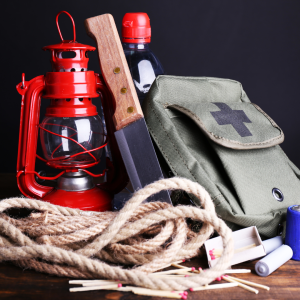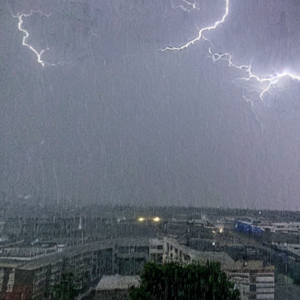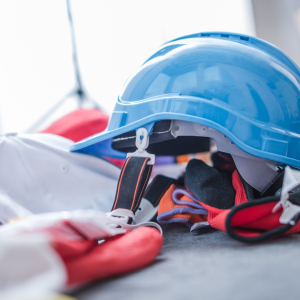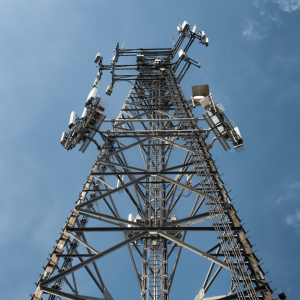Installing a window air conditioner can be a great way to cool off your home without spending too much money. However, if not done properly, you may find yourself with an inefficient unit that won’t efficiently cool your home or worse, one that could cause damage to the structure of your house. To ensure you get optimal cooling from your unit and avoid unnecessary risks, it is important to properly install a window AC unit. If you’re experiencing difficulties with installing your window air conditioning unit, reach out to the professionals at air conditioning Havelock North , with their expertise and experience, they can help you get your AC up and running smoothly, ensuring optimal cooling and comfort in your home.
Step 1: Prepare Your Window Air Conditioner
Before beginning the installation of your window air conditioner, take some time to prepare the unit for use. First, read all of the safety warnings and instructions included in your owner’s manual before attempting any installation steps. If you don’t have the manual, you can usually find one online as well. Next, clear the area around your window and make sure that it is free of any obstructions.
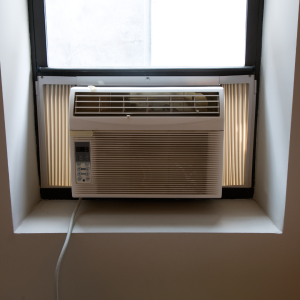
Step 2: Measure Your Window Opening
The size of your window will determine which type of window air conditioner you need to purchase. To ensure that you buy the right size unit for your space, measure both the width and height of your window opening with a tape measure or ruler before going to the store. It’s important to note that most window AC units require an adjustable width frame in order to fit properly; so be sure to get measurements for this as well.

Step 3: Assemble The Unit And Install it Into the Window Opening
Once you have purchased the proper model for your space, it’s time to assemble the unit and install it into your window opening. Depending on the type of air conditioner you have bought, the assembly may require some simple tools such as a screwdriver or drill. Once assembled, carefully slide the AC unit into the window opening making sure that all of the sides are securely in place.
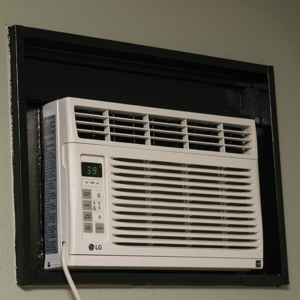
Step 4: Secure The Unit And Connect it To the Power Supply
Once your unit is properly installed, you need to make sure that it is secure and will not move around when in use. Most window AC units come with adjustable brackets that can be used to help secure the unit to the wall or window frame. Be sure to follow all instructions from your owner’s manual when connecting your air conditioner to the power supply.
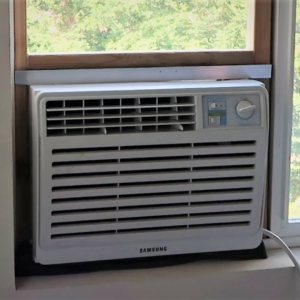
Conclusion
Installing a window air conditioner can help to make your home cooler and more comfortable during hot summer days. By following these steps, you should be able to properly install your window AC unit and get the most out of it for years to come. Additionally, if you ever run into any issues with the installation process or have any questions, make sure to contact a qualified HVAC professional who can provide assistance. Thanks for reading!
